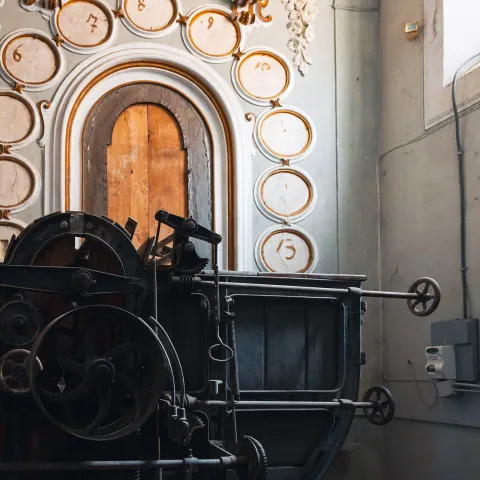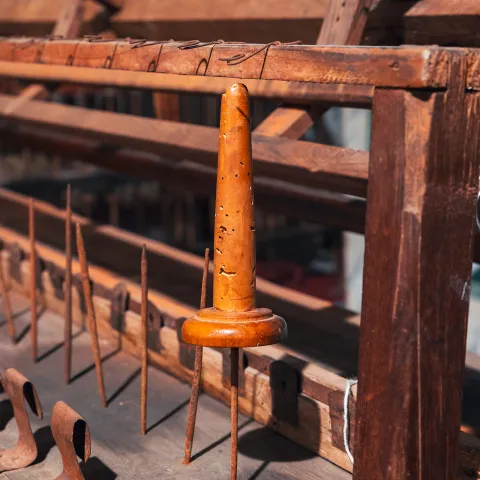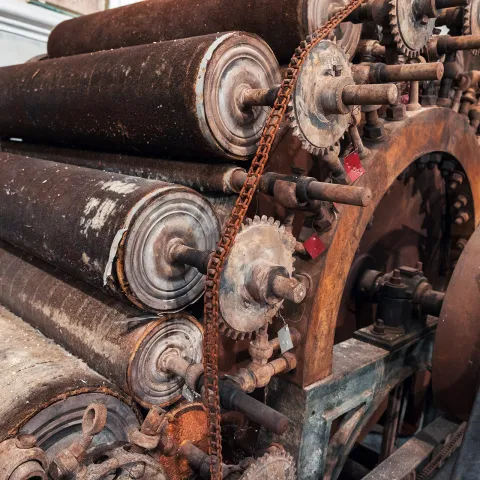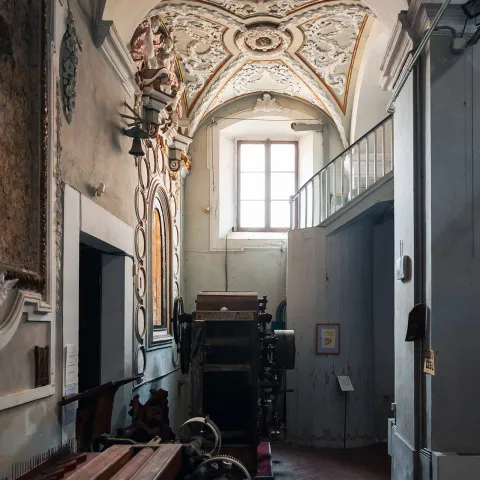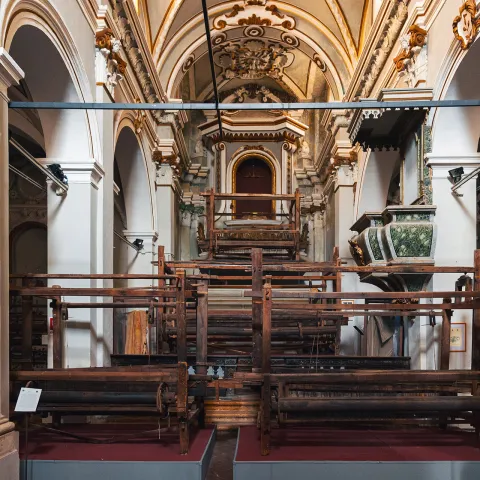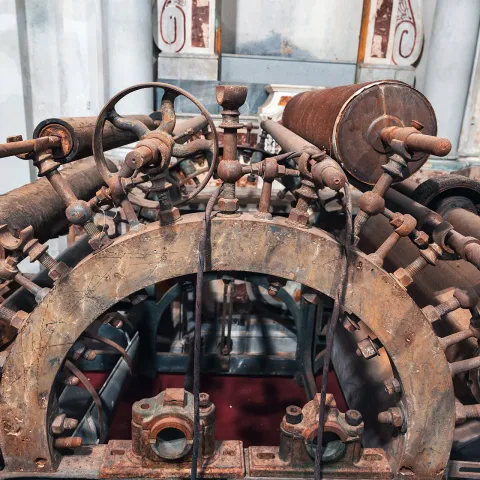Wool Art Museum
Since Roman times, Arpino has distinguished itself as an important centre for wool production
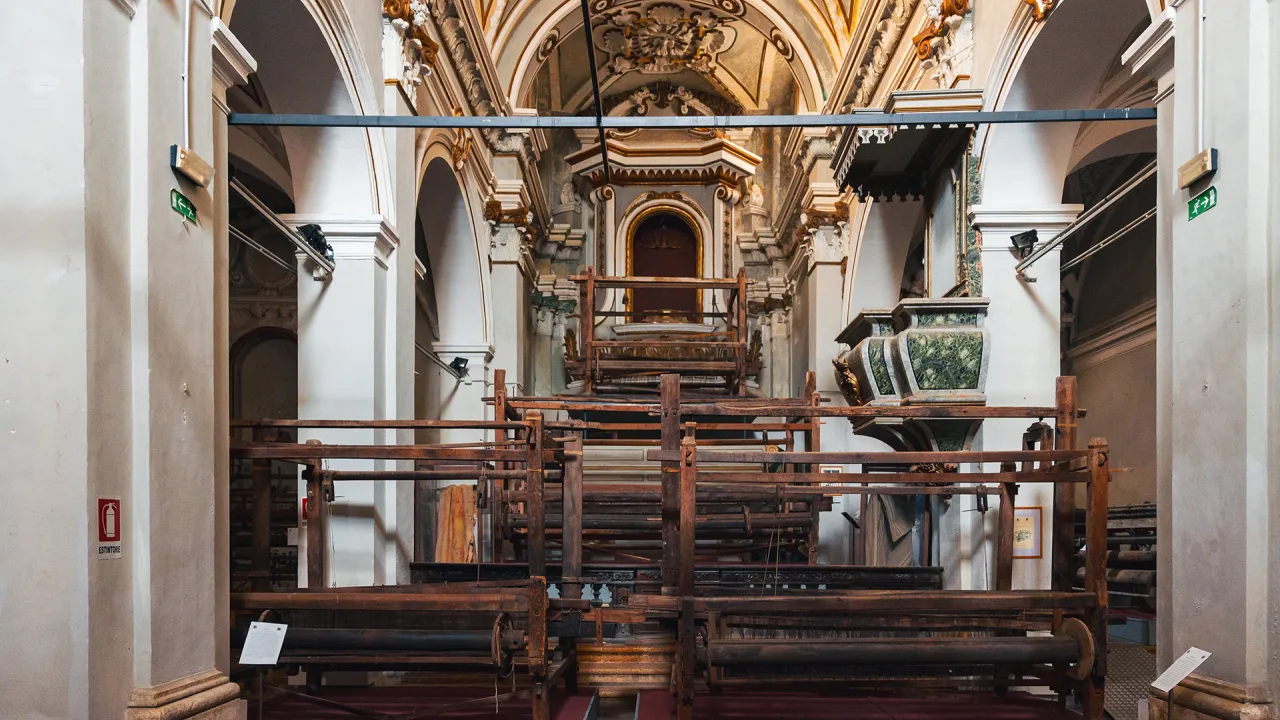
Handicraft production was widespread, with families organizing the work in their homes, where looms and hammers for wool processing were integrated in domestic spaces. Beginning in the 18th century, this activity took on an industrial scale, elevating the city to one of the main centers of woolen fabric production in Italy and Europe.
In the early 18th century, the arrival in Arpino of the French technician Baduel - invited by the wool entrepreneur Filippo Quadrini - along with other workers from Holland and England, laid the foundations for the establishment of the first large-scale wool mills. The introduction of advanced technology and expertise from leading European wool-producing countries, combined with Arpino's strong tradition in the wool sector, provided the momentum for an industry that soon saw numerous wool mills emerge, achieving exceptional production standards. So much so that in 1744, Charles III of Bourbon personally visited the mills in Arpino and granted some of them the prestigious title of “Royal Wool Mill.”
By 1850, the town boasted as many as thirty-two wool mills and over half of its 15,000 inhabitants were employed in the wool industry. Arpino’s wool products were exported widely and received certificates of merit and awards for their high quality. This thriving production system was supported by the protectionist policies implemented during the French period and later by the Kingdom of the Two Sicilies.
However, Italian unification brought significant changes to the economic policies of the newly unified state. The removal of customs protection coupled with the shift in national economic interests towards the North, led to a decline in Arpino's wool industry. By the early 20th century, many mills had closed, the last of which ceased production after World War II.
The Wool Art Museum preserves valuable evidence of this key chapter in the town's history and development. It showcases period equipment from the old Diodati Wool Mill and reconstructs the stages of wool production in a historically documented exhibition.
The machinery on display includes an unraveling machine, three carding machines, a twisting machine, a warper and four looms. Additionally, the museum preserves the original powders used for fabric dyeing—an art of great importance in Arpino. During the golden years of the wool industry, a school was even established in the town to teach dyeing techniques. The museum’s collection is completed by accurate historical and iconographic documentation curated by experts in the field.
PHOTO GALLERY

VIDEO


